Acne scars are a common concern for many, whether you’re a doctor seeking the best treatment options for your patients or someone personally battling these stubborn marks. Choosing the right treatment can be overwhelming. That’s why we’re diving deep into two of the most effective acne scar treatments: microneedling and chemical peels. This guide will help you make an informed decision, whether you’re a healthcare professional or a patient seeking the best care.
Before landing towards the best treatment for acne scars, we need to understand what exactly is an acne scar. Is it a blackhead on face that is left after an acne or is it a facial pit that seems ugly. Let’s understand it below.
What Are Acne Scars?
Acne scars form as a result of the skin’s response to inflammation caused by acne. When acne occurs, it can damage the skin’s underlying structures, leading to changes in skin texture and appearance.
Related Article: Best treatment options for old acne scars
How Acne Scars Are Formed
- Inflammation and Healing Process
- Acne Formation: Acne develops when hair follicles become clogged with oil and dead skin cells, leading to inflammation.
- Inflammatory Response: The body’s immune response to the clogged pores causes inflammation, which can damage the surrounding skin tissues.
- Healing and Scarring: As the acne lesions heal, the skin may not repair perfectly. The healing process can result in excess collagen production or a lack of collagen, leading to the formation of scars.
- Collagen Production
- Excess Collagen: When too much collagen is produced during the healing process, it can lead to raised scars (hypertrophic or keloid scars).
- Insufficient Collagen: When there is not enough collagen produced, it can result in indentations or depressions in the skin (atrophic scars).
Related Article: Treatment of Eczema on face
Types of Acne Scars
- Atrophic Scars
- Ice Pick Scars: Deep, narrow scars that resemble tiny holes or punctures in the skin. They are usually less than 2 mm in diameter and can be quite deep.
- Boxcar Scars: Broad, depressed scars with defined edges, giving them a box-like appearance. They can vary in depth and are typically wider than ice pick scars.
- Rolling Scars: Scars with a rolling, wave-like appearance caused by fibrous bands of tissue beneath the skin. They create uneven skin texture with a rolling effect.
- Hypertrophic Scars
- Hypertrophic Scars: Raised scars that develop when excess collagen is produced during the healing process. These scars are often red or purple and are confined to the area of the original acne lesion.
- Keloid Scars
- Keloid Scars: Similar to hypertrophic scars but more severe, keloid scars extend beyond the original acne site and can continue to grow over time. They are raised, thick, and often darker than the surrounding skin.
- Post-Inflammatory Hyperpigmentation (PIH)
- PIH: Not a true scar, but rather a darkening or discoloration of the skin that remains after an acne lesion has healed. It occurs due to increased melanin production in response to inflammation and can fade over time but may require treatment to expedite the process.
- Post-Inflammatory Erythema (PIE)
- PIE: Similar to PIH, but characterized by redness rather than darkness. This occurs when the blood vessels near the skin’s surface are damaged during inflammation. It usually fades with time but can be treated with specific therapies if needed.
Understanding the different types of acne scars and their formation helps in selecting the most appropriate treatment options. Whether dealing with atrophic scars, hypertrophic scars, or post-inflammatory pigmentation, various treatments are available to improve the appearance of scars and enhance skin texture.
Related Article: Top 10 Benefits of Face lift
Understanding Acne Scar Treatments
Acne Scar Treatment Options
Acne scars can vary in type and severity, requiring different approaches to treatment. Some scars are shallow and respond well to surface treatments, while others are deeper and require more intensive care. Understanding the full spectrum of treatment options is crucial for selecting the right method.
Related Article: Aquiline Nose
Professional Acne Scar Treatments
For those with more pronounced scarring, professional treatments are often necessary. These treatments go beyond the surface to promote significant skin improvement. Two of the most popular professional treatments available today are microneedling and chemical peels.
Deep Acne Scar Treatments
Treating deep acne scars often involves stimulating the skin’s natural healing processes or removing the outer layers to reveal smoother skin underneath. Microneedling and chemical peels both serve these purposes, though they work in different ways.
Related Article; Types of Noses in Females
Best Treatment for Acne Scars
The most effective treatment depends on the specific type and depth of the scars, as well as the patient’s skin type and overall goals. Both microneedling and chemical peels have proven successful, but which one is right for you?
Related Article: Understanding Rhinoplasty
Chemical Peels for Acne Scars
Chemical Peels for Acne Scars
Chemical peels use a chemical solution to exfoliate and remove the outer layers of skin, promoting the growth of new, healthier skin. This process can help reduce the appearance of superficial acne scars, as well as improve skin tone and texture.
Benefits of Chemical Peels
Chemical peels offer several key benefits:
- Improved Skin Texture: By removing the damaged outer layers, peels can smooth the skin and reduce roughness.
- Reduced Hyperpigmentation: Peels can lighten dark spots and even out skin tone.
- Customizable Treatment: Peels come in different strengths, allowing for a tailored approach based on the patient’s needs.
Related Article: Facial Fat Grafting: Rejuvenate Your Look Naturally
Chemical Peel Types for Scars
There are three main types of chemical peels: superficial, medium, and deep. Superficial peels are ideal for minor scars and discoloration, while medium and deep peels can address more severe scarring. Your dermatologist can help determine the best type for your skin.
Chemical Exfoliation vs. Skin Needling
When deciding between chemical exfoliation (peels) and skin needling (microneedling), it’s essential to consider the depth and type of scars. Chemical peels are typically more effective for surface-level issues, while microneedling can address deeper scars.
Long-term Results of Chemical Peels
With regular treatment, chemical peels can lead to significant, long-term improvements in skin texture and the appearance of scars. However, multiple sessions may be needed to achieve the desired results.
Chemical Peel Recovery Time
The recovery time for chemical peels varies depending on the peel’s strength. Superficial peels may require just a few days of downtime, while deeper peels can take several weeks to fully heal. During recovery, it’s crucial to protect the skin from sun exposure and use gentle skincare products.
Related Article: Get Rid of Black Pimples on Your Face: A Comprehensive Guide
Microneedling for Acne Treatment
Microneedling for Acne Treatment
Microneedling involves using a device equipped with fine needles to create tiny, controlled injuries in the skin. These micro-injuries stimulate collagen and elastin production, essential for skin healing and regeneration, making it an effective treatment for deeper acne scars.
Microneedling Benefits for Skin
Microneedling offers a range of benefits, including:
- Collagen Stimulation: This process helps rebuild the skin from within, reducing the appearance of scars.
- Minimal Downtime: While the skin may appear red and slightly swollen after treatment, these effects typically subside within a few days.
- Versatility: Microneedling is suitable for all skin types, including darker skin tones, which are often more prone to hyperpigmentation with other treatments.
Microneedling Effectiveness
Microneedling is particularly effective for improving the appearance of deep, atrophic scars, such as icepick or boxcar scars. It’s also an excellent option for those who want a less invasive procedure with minimal downtime.
Microneedling Side Effects
Common side effects include temporary redness, swelling, and minor discomfort. These symptoms usually resolve within a few days. As with any procedure, it’s essential to follow post-treatment care instructions to avoid complications.

Microneedling Recovery Tips
To ensure the best results and minimize side effects, follow these recovery tips:
- Avoid Sun Exposure: The skin is more sensitive after microneedling, so it’s important to protect it from the sun.
- Use Gentle Skincare: Stick to gentle, hydrating products to support skin healing.
- Stay Hydrated: Proper hydration helps the skin recover more quickly and effectively.
Related Article: A Guide to Different Nose Types
Comparing Microneedling and Chemical Peels
Microneedling vs. Chemical Peeling
Both microneedling and chemical peels offer unique benefits, but they are suited to different types of acne scars. Microneedling is generally better for deeper scars that require collagen stimulation, while chemical peels are ideal for addressing surface-level scars and pigmentation issues.
Microneedling vs. Chemical Peels for Skin Rejuvenation
When it comes to overall skin rejuvenation, both treatments can be highly effective. Microneedling works by promoting collagen production from within, while chemical peels remove damaged outer layers to reveal fresher skin underneath. Depending on your skin type and concerns, one treatment may be more suitable than the other.
| Feature | Microneedling | Chemical Peels |
|---|---|---|
| Treatment Method | Uses fine needles to create micro-injuries in the skin to stimulate collagen production. | Applies a chemical solution to exfoliate and remove outer layers of skin. |
| Best For | Deep, atrophic scars (icepick, boxcar scars). | Superficial scars, pigmentation, and overall skin texture improvement. |
| Treatment Depth | Penetrates into the deeper layers of the skin. | Targets the outer layers; depth varies by peel type (superficial, medium, deep). |
| Benefits | Stimulates collagen and elastin production, improves skin texture and elasticity, minimal downtime. | Improves skin texture, reduces hyperpigmentation, and can enhance overall skin tone. |
| Types | Single type with adjustable needle depth. | Superficial, medium, and deep peels, customizable based on severity. |
| Effectiveness | Highly effective for deeper scars, requires multiple sessions for optimal results. | Effective for surface-level scars, may require multiple sessions depending on severity. |
| Recovery Time | Minimal downtime; redness and swelling usually subside within a few days. | Varies; superficial peels have minimal downtime, while medium and deep peels can take weeks. |
| Side Effects | Redness, swelling, minor discomfort, potential for temporary darkening or lightening of the skin. | Redness, peeling, dryness, potential for hyperpigmentation or hypopigmentation, particularly in darker skin tones. |
| Cost | Generally lower per session but may require more sessions. | Can be more expensive per session, especially for deeper peels. |
| Suitability for Skin Types | Suitable for all skin types, including darker skin tones. | Superficial peels are generally safe for all skin types; deeper peels can be risky for darker skin tones. |
| Long-term Results | Long-term improvement in skin texture and scar appearance, with gradual results. | Significant improvement in skin texture and tone; results are usually seen more quickly. |
| Post-Treatment Care | Gentle skincare, sun protection, and hydration are crucial. | Avoid sun exposure, use gentle skincare, and follow specific aftercare instructions provided by your dermatologist. |
Chemical Peels vs. Microneedling Pros and Cons
Chemical Peels Pros:
- Effective for Surface Scars: Great for treating superficial scars and pigmentation.
- Customizable: Various strengths can be tailored to your skin’s needs.
- Improves Overall Skin Tone: Leaves the skin looking brighter and more even.
Chemical Peels Cons:
- Recovery Time: Deeper peels require more downtime.
- Risk of Hyperpigmentation: Particularly in darker skin tones.
Microneedling Pros:
- Suitable for All Skin Types: Safe for use on all skin tones without the risk of hyperpigmentation.
- Effective for Deep Scars: Particularly beneficial for deeper, atrophic scars.
- Minimal Downtime: Quick recovery with minimal side effects.
Microneedling Cons:
- Multiple Sessions Required: Best results are often achieved with multiple treatments.
- Temporary Redness and Swelling: Mild side effects that subside quickly.
How to Choose Between Microneedling and Peels
Choosing between microneedling and chemical peels depends on your specific skin concerns and goals. A consultation with a dermatologist can help you decide which treatment is best suited for your skin type and the severity of your acne scars.
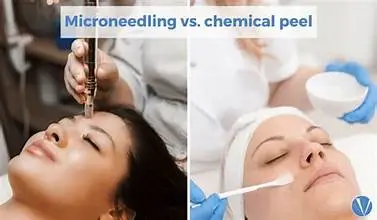
Microneedling vs. Chemical Peels Cost Comparison
The cost of microneedling and chemical peels can vary depending on the clinic, location, and the number of sessions required. While microneedling might require more sessions, chemical peels, particularly deeper ones, can be more expensive per session. Consider both the cost and the potential need for multiple treatments when making your decision.
Skin Resurfacing Techniques
Skin Resurfacing Techniques
Microneedling and chemical peels are part of a broader category of skin resurfacing techniques designed to improve skin texture and appearance. These treatments remove or remodel layers of skin, offering a refreshed and rejuvenated complexion.
Skin Texture Improvement
Both microneedling and chemical peels can significantly improve skin texture. Microneedling targets the deeper layers of skin, while chemical peels focus on smoothing the surface.
Skin Care Post-Treatment for Acne Scars
Proper post-treatment care is essential for both microneedling and chemical peels. Following a tailored skincare regimen that includes sun protection, gentle cleansing, and hydration will help maintain the results and protect your skin as it heals.
Expert Advice and Considerations
Dermatologist Advice on Acne Scars
Consulting with a dermatologist is crucial before starting any treatment for acne scars. A professional evaluation will help determine the best approach for your skin type and the severity of your scars, ensuring optimal results.
Choosing the Right Treatment for Your Skin
Ultimately, the choice between microneedling and chemical peels depends on your individual skin concerns, the type of scars, and your desired outcomes. Both treatments offer compelling benefits and can be part of a comprehensive skincare plan.
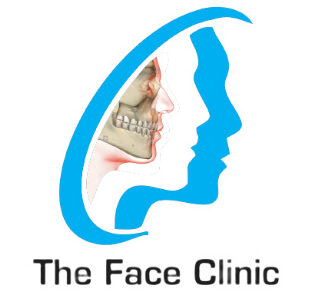

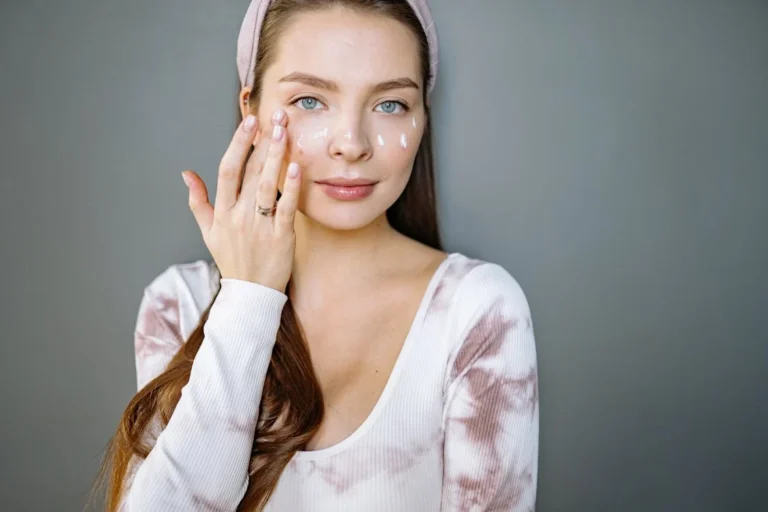
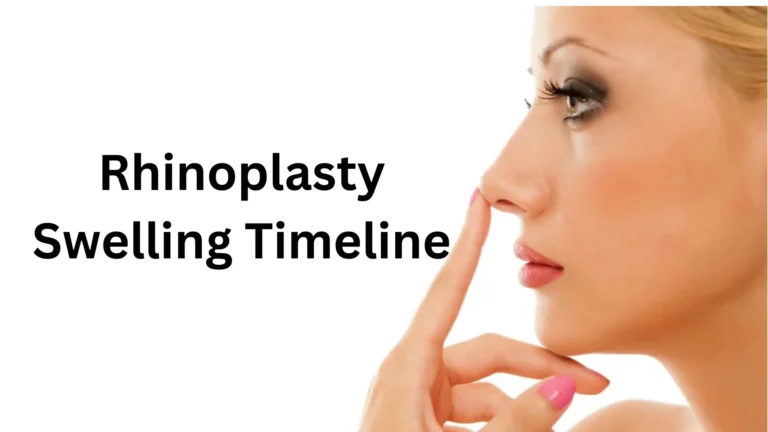
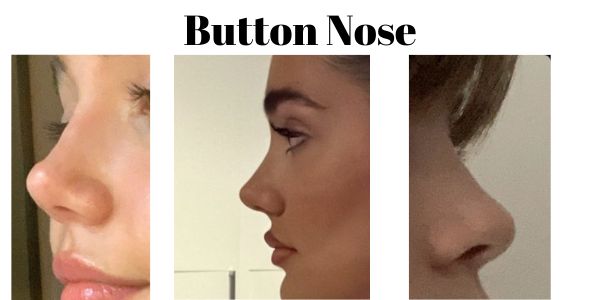

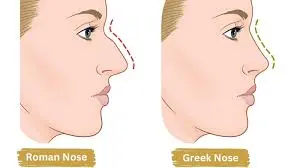
4 Comments
Comments are closed.